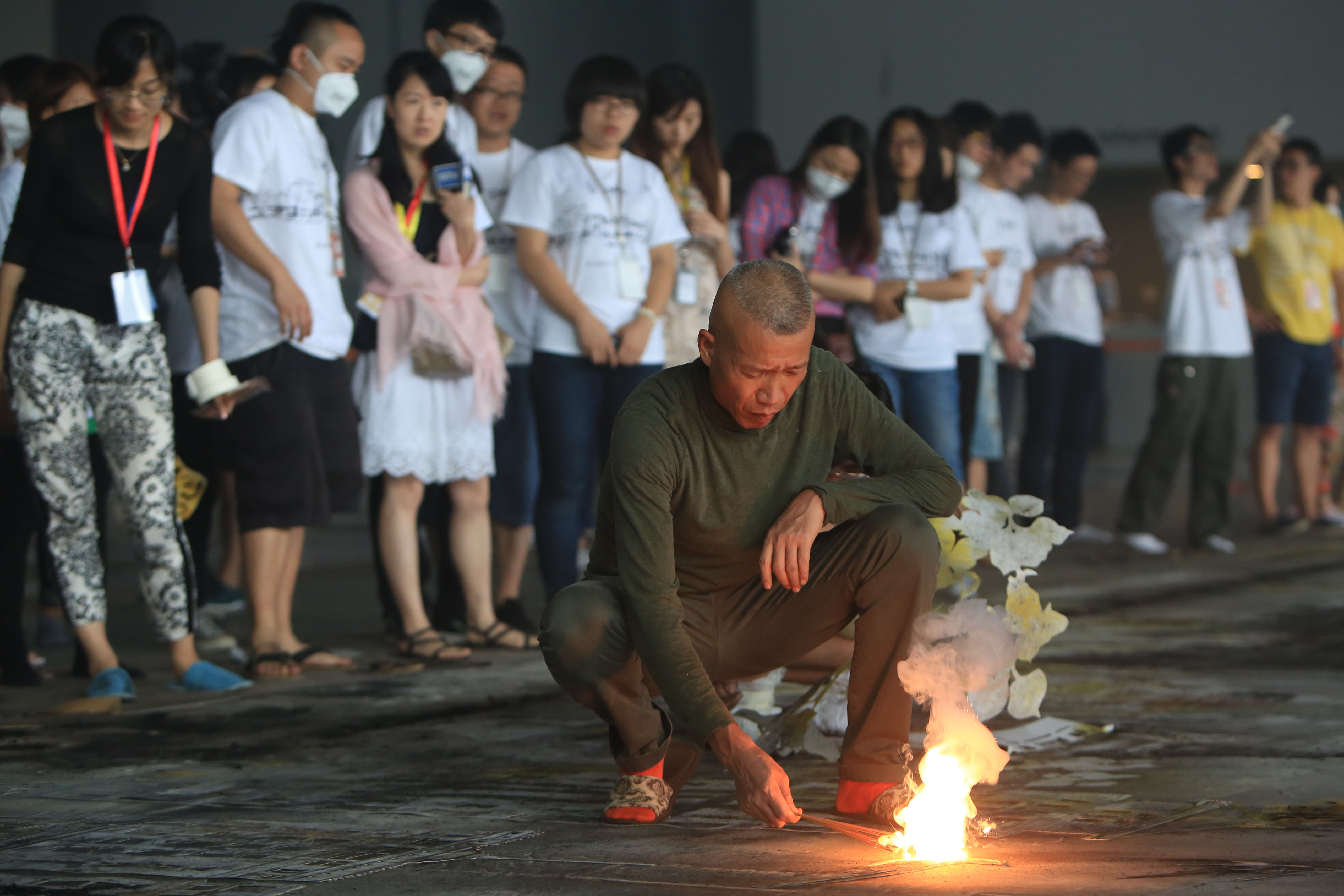
This fall, the 11th edition of New York City’s Asia Contemporary Art Week (ACAW) returns in an expanded format to showcase the enormous amount of talent coming from the continent.
In light of the recent socio-political tensions across Asia and the Middle East, this year’s ACAW inevitably explores the issues of war, terrorism, the environment, inequality, and displacement. Encompassing over 200 artists shown in exhibitions, performances, public programs and other events across the city, the “week” stretches for over a month, from September 8 to November 18. Asian art aficionados can look forward to major shows by established and emerging artists from across China, India, and Japan, as well as Korea, Indonesia, Iran, and other countries across the Middle East and Asia.
“By presenting artists’ projects and programs in a more timely, less-mediated fashion, we address institutional limitations and fill gaps in the field, providing audiences with direct access to artists,” ACAW director Leeza Ahmady said in a statement.
A woman walks past the world’s largest triptych ever, produced by painter Zao Wou-ki, in Hong Kong, 26 May 2005. Courtesy of PHILIPPE LOPEZ/AFP/Getty Images.
This year’s edition profiles a selection of major female artists, including a performance and solo show by Indonesian artist Arahmaiani at Tyler Rollins Fine Art on September 15th, while Afghan-American artist Mariam Ghani shows her latest work at Ryan Lee Gallery on September 10th. Meanwhile, you can catch two installations on migration and displacement by the French-Moroccan artist Bouchra Khalili and Indian artist Reena Saini Kallat on October 1st at the Museum of Modern Art.
Highlights also include shows by Wu Jian’an at Chambers Fine Art in Chelsea on September 8, a symposium at the Asia Society Museum with artist Cai Guo-Qiang, followed by the first retrospective of French-Chinese artist Zao Wou-Ki’s work in the US, which opens on September 12. Meanwhile, Lisson Gallery in Chelsea will open its first Ai Weiwei exhibition in its New York space.
In October, the Australia-based artist couple Alfredo and Isabel Aquilizan explore displacement and community at Sundaram Tagore Gallery, opening on the 13th, and the next night marks the opening of British artist Simon Starling’s highly-anticipated theatrical installations inspired by W.B. Yeats at the Japan Society.